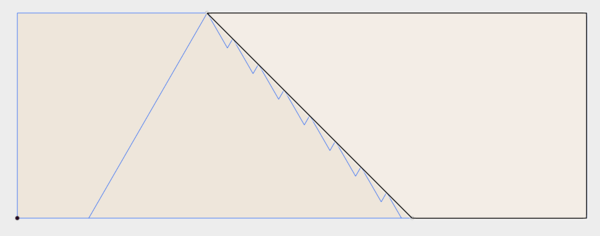- Joined
- Sep 29, 2014
- Messages
- 2,102
Bloody Hell, there is a good deal of bull floating around on the web about this subject.Sounds like the compound is set at the wrong angle. It should be rotated 29.5* counter clockwise from perpendicular to the spindle axis. Or clockwise 60.5* from parallel with the spindle axis.
Tom
One may make excellent threads from the cross slide, contrary to what hundreds of Youtube "how to" videos will tell you.
No, this will not cause abrupt tool failure.
No, this will not render a thread unusable.
No it will not cause your machine to explode in a hail of shrapnel.
It will however **** off traditionalists in search of 1935 era copies of Machinery's Handbook.
Choose wisely




